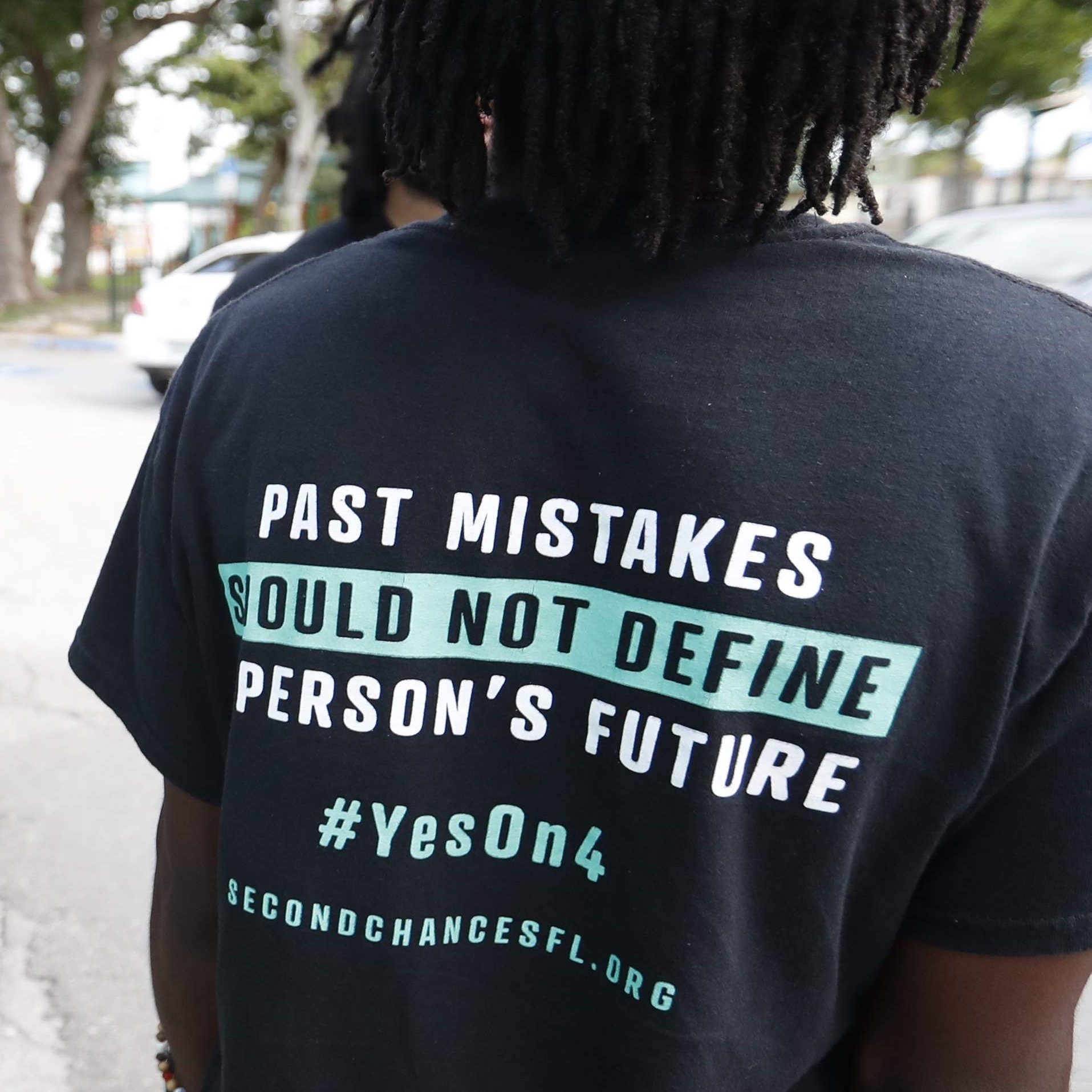Restoring voting rights to 1.4 million residents
Floridians for a Fair Democracy leveraged our data tools to reach voters and to allocate resources.
Created support models to determine which voters might support rights restoration
Built persuasion models to understand which messaging might influence voters
Analyzed turnout scores to gain an understanding of the voter landscape
Used direct mail + polling data to reach a specific audience of voters who were susceptible to messaging from the opposition
The Challenge
FFAFD is a coalition of criminal justice reform organizations working to provide individuals with prior felony convictions the right to vote. In 2018, FFAFD sought to pass a ballot initiative to restore rights to more than a million Florida residents who were barred from voting for life, based solely on a prior conviction. Florida was one of only four states with these stringent restrictions still on the books.
Clarity’s Solution
FFAFD hired Clarity Campaign Labs to employ innovative data and analytics strategies to secure at least 60% support for the ballot initiative, a required threshold to become law in Florida. Clarity’s approach employed four data tools to determine how to best allocate the coalition’s resources:
Clarity analyzed turnout scores to gain an understanding of the election day voter landscape and determine where the coalition’s efforts would be best spent to bring other voters to the polls.
Clarity employed support models to determine which voters might support rights restoration. This helped to understand where the electorate initially landed on the issue and which voters to target.
Clarity built persuasion models to understand the degree to which messaging might influence voters. Building off this analysis, Clarity proactively tested various persuasion tactics to determine where and what type of messaging would be most effective.
Clarity used direct mail + polling data to reach a niche audience of voters who were likely to support rights restoration but were also vulnerable to messaging from the opposition.
The Results
Amendment IV passed with nearly 65% of the vote, restoring voting rights to 1.4 million Floridians. The coalition ensured resources were spent advisably on constituents who were ideal targets to persuade in favor of voter restoration. Thoughtful resource allocation curtailed the opposition from approaching voters aggressively, allowing Amendment IV to pass with the necessary high margin of support. This policy change, a historic step toward racial equity, expanded democracy in one of the largest states in the U.S.
Clarity’s approach also adds credence to the position that persuasion modeling and direct mail experiments can identify voter targets and win a large majority of support for critical initiatives, and could also be scaled to support other issue-based elections in the future.
Make data-driven decisions. Find out how we can help.
From electoral campaigns to mission-driven organizations, we’ve helped our clients reach the right people, solve big problems, and forge a path to victory.


